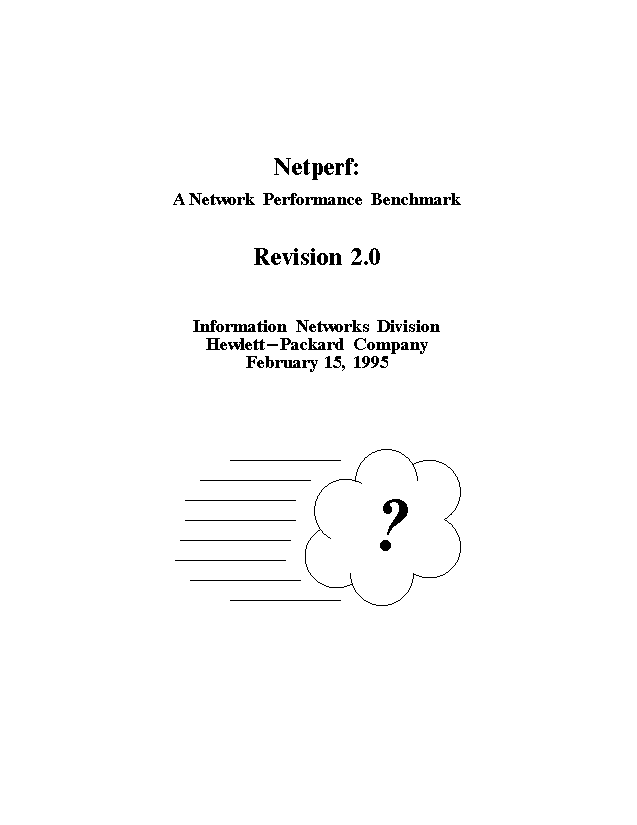Netperf For Windows 7
As was mentioned before, a netfront is currently allocated in a round-robin fashion to available netbacks. At the moment, it is not easy to determine what netback a netfront is linked to - this can, for example, be done by sending some traffic over netfront and observing which netback is being used (by looking at top in the control domain). It is expected that this will be made much easier in future versions of the product.
We conducted the performance evaluation. Windows netperf latency (TCP_RR). 7 Performance Evaluation of VMXNET3 Virtual Network Device. This is a new implementation that shares no code with the original iPerf and also is not backwards compatible. IPerf was orginally. Windows, Linux, Android.
By default, the control domain uses 4 VCPUs, which are mapped to 4 (by default randomly-chosen) PCPUs. Similarly, VCPUs of any VM installed will be (by default) randomly allocated to most-free PCPUs. Moreover, Xen Scheduler prefers to put all VMs (including the control domain) as far away from each other in terms of NUMA-ness as possible.
In general, this is a good rule, since each VM then has a large cache, and cache-misses are minimised. However, as explained above, this rule is not great for network performance. For example, suppose we have a 2-node host, each with 12 logical CPUs (Physical CPUs/PCPUs), and we install a single 1-VCPU VM. The VM will be put on a different CPU node than the control domain, which means that the communication between the VM's netfront and the control domain's netback will not be efficient.
Netperf Vs Iperf

Netperf Rpm
Therefore, in scenarios where network performance is of great importance, we should pin VCPUs of the control domain and any user domains explicitly, and close-by in terms of NUMA-ness. The pinning should be performed before the VM starts, using vcpu-params:mask - see for more information. In the scenario described, we could pin the control domain VCPUs to the first four PCPUs, and the VM's VCPU to the fifth PCPU; if we installed any more VMs for which network performance is not critical, we can easily pin them to the second node, i.e. The tool xenpm get-cpu-topology is useful here for obtaining CPU topology of the host.
Few fast VIFs For a particular host, if the number of VM network connections (VIFs) that are required to be fast is less than around 2/3 of netback threads in dom0, a further performance boost can be achieved for such connections. Irqbalance, which is enabled by default in later releases, tries to set up interrupts on VCPUs that are already busy, but not too busy. Samsung kies upgrade program. On bare metal machines, this approach works well in terms of performance and power saving (leaving some cores in lower power states if possible). In a virtualised environment, however, the cost of context switching is higher, which means that it is better for performance to process interrupts on non-busy VCPUs.

Therefore, we can disable irqbalance, and perform to that effect. For best results, this approach should be combined.